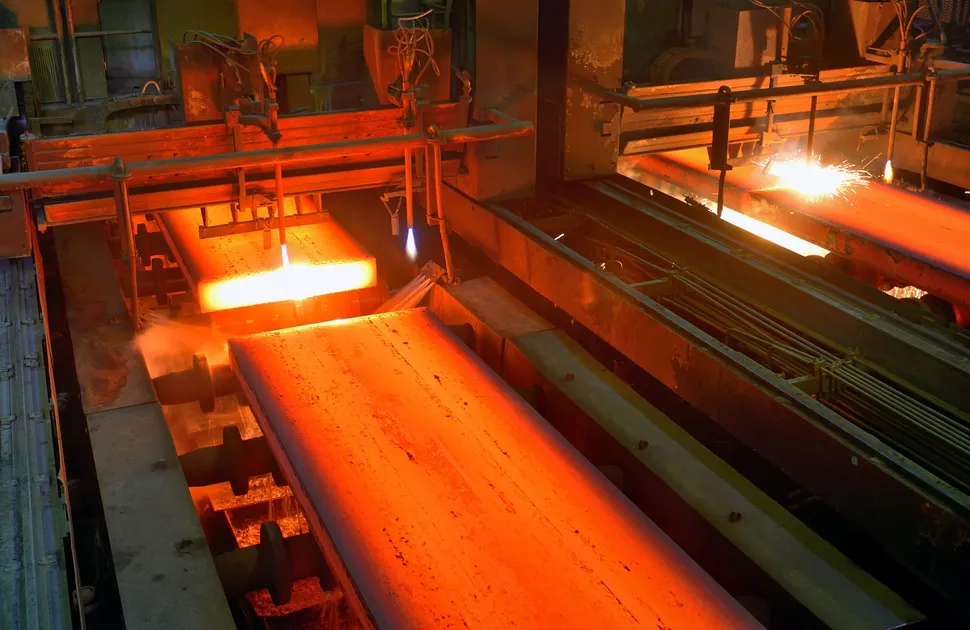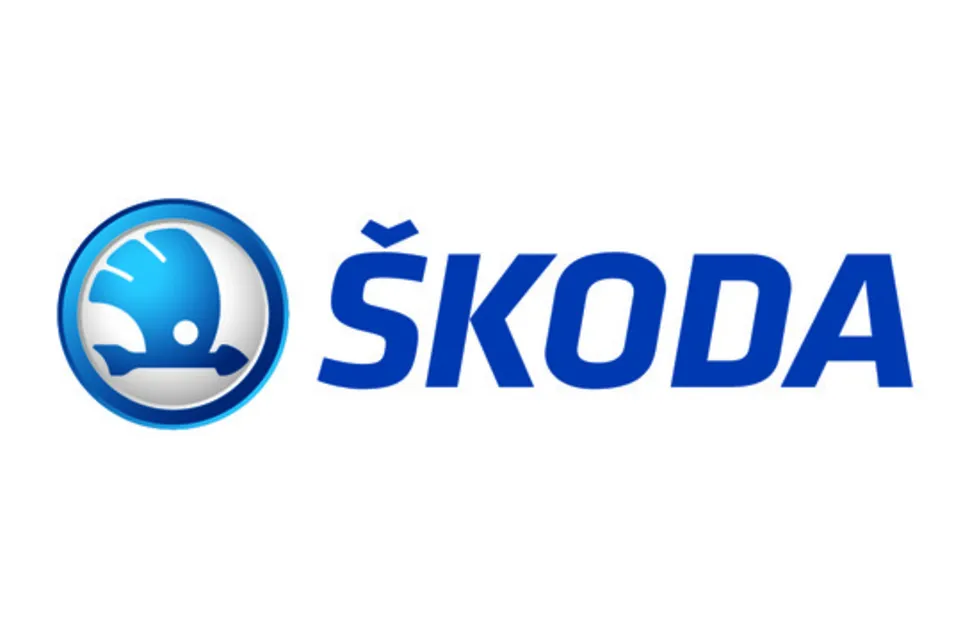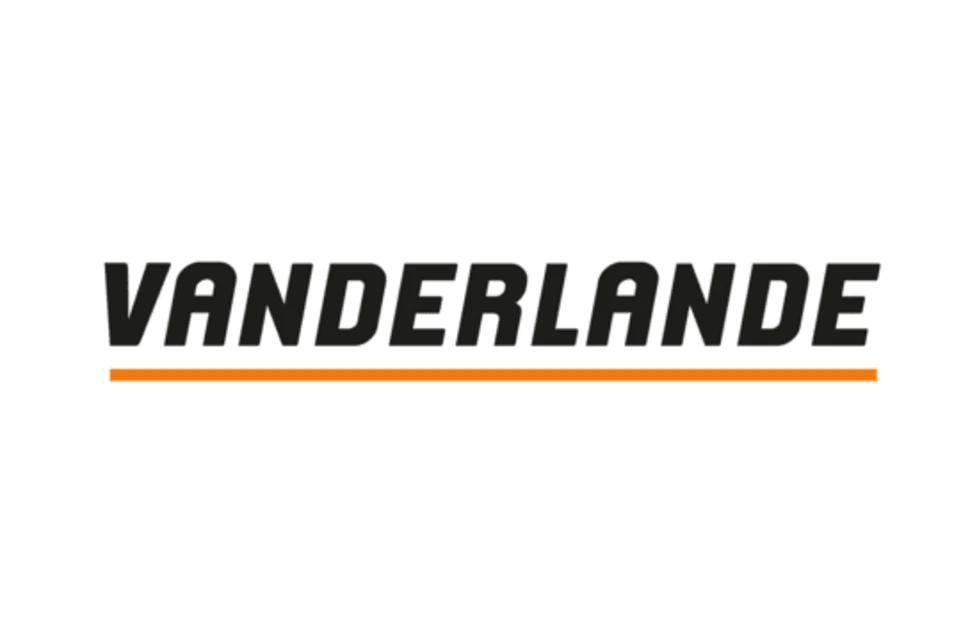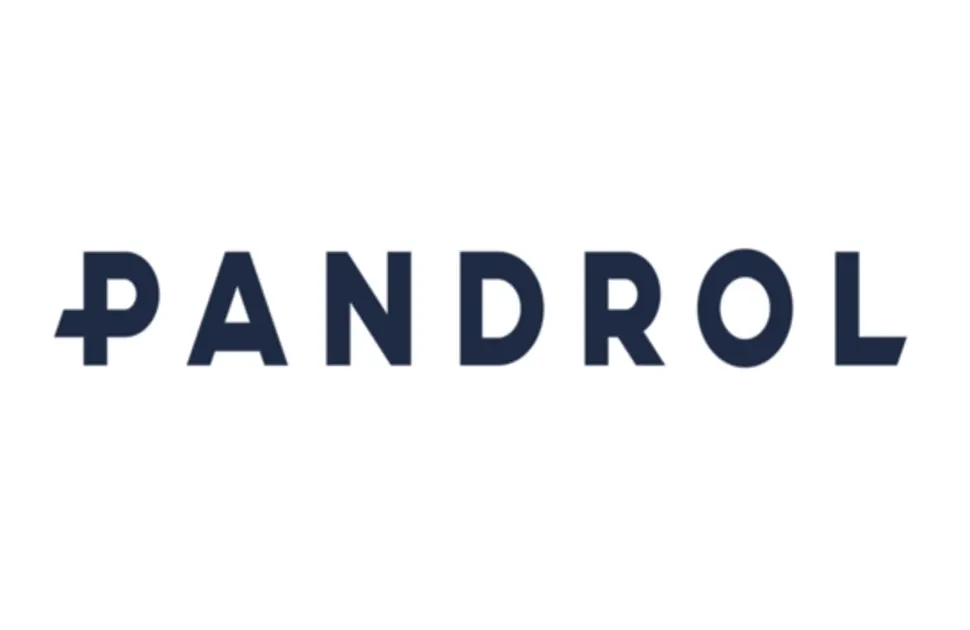Stock shortages developing in the European steel market
European steel market participants implemented inventory reduction plans during the recent coronavirus pandemic. Many distributors were selling old stock to improve cash flow. Manufacturers were also reducing existing inventories during outages at their facility.
The easing of lockdown restrictions in most countries has resulted in demand bouncing back, often quicker than previously anticipated. This is leading to shortages in the market, for many steel products.
Import volumes into the European Union dwindled, in recent months. Material arriving from outside the EU decreased by almost twenty percent, year-on-year, in the period from January to July. Offers from most foreign suppliers remain unattractive, at present. However, if domestic prices continue to rise then these sources may become a viable option, once again.
Nevertheless, EC safeguard quotas could restrict imports from specified countries. Several shipments are already waiting at the ports – ready for the new quota volumes to be reset on October 1, 2020. The threat of antidumping measures on hot rolled coil from Turkey and Russia is also of concern to buyers of third country material.
Mill production cuts
Outages continue at several European production facilities. Although many steelmaking plants are bringing, previously idled, facilities back on line, the ramp up is slow and a return to full capacity is not anticipated before early next year. Total crude steel production volumes, for the EU 27 and UK, were down by approximately twenty-four percent, year-on-year, in July 2020.
Nevertheless, several countries are recording much improved output levels. A handful of European nations witnessed their steelmaking tonnages drop to below fifty percent of the 2019 equivalent figures, during the height of the coronavirus pandemic.
Production is growing at many manufacturing plants. Downstream inventory levels reduced considerably during the past six months and a degree of restocking is necessary. Mill delivery lead times are extending as customers increase their purchase volumes.
Consequently, the availability of material in the European market is likely to remain tight, in the coming months, with shortages expected to grow further. This could result in a price spike, in October. Local mills are already talking of significant increases in selling figures during the first quarter of 2021.
Will demand support capacity restart?
The current shortages in the market are, in part, due to the reduced capacity levels at the European producers. Nevertheless, local steelmakers need to be confident that the future demand is sufficient to support increased output levels in the short and medium term.
Bringing a blast furnace back on line is expensive, especially if there is a risk that it may need to be switched off again shortly after being recommissioned. Several production facilities are due to restart soon. Delivery lead times may shorten if demand recovers at a slower pace.
Potential remains for the reintroduction of coronavirus-related restrictions in the coming months, as Covid-19 cases are rising across the continent. This could have a negative impact on regional steel demand.
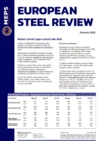
Source:
European Steel Review
The MEPS European Steel Review is an informative, concise and easy-to-use monthly publication, offering unique professional insight into European carbon steel prices.
Go to productRequest a free publication